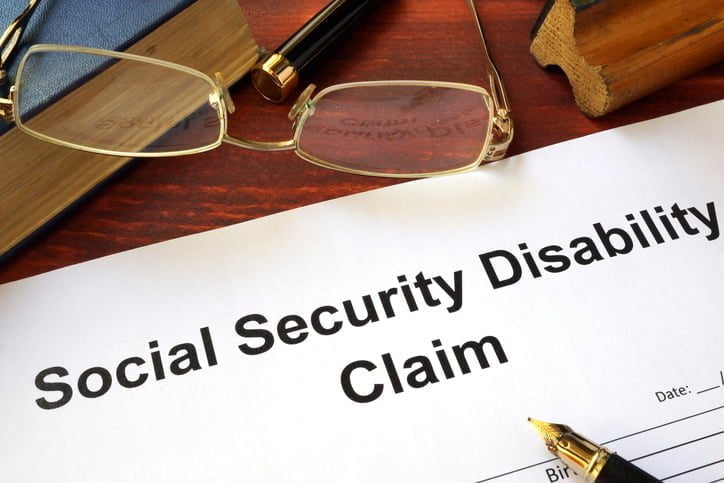
Applying for Social Security Disability can be a lengthy and sometimes frustrating process. I get questions every day about how applicants can make the process go faster, what the eligibility requirements are, and what some of the frequently used terms mean, such as the grid rules.
There are a few ways a disability applicant can argue they qualify for benefits. An applicant may argue that they meet a medical impairment listing, are unable to engage in substantial gainful activity (earning over a certain amount set by the Social Security Administration), or that they are disabled because they meet one of the Medical Vocational “grid rules”.

What exactly are grid rules?
The Social Security Administration (SSA) defines the Grids as “a set of rules that determine whether you’re eligible for disability benefits.”
Social security regulations were written in 1967 and revised in 1980. In those days, the SSA recognized that people could change jobs and industries over the course of their lives. To help people transition into different types of employment, the agency developed a grid system that helped identify what kinds of jobs might be appropriate for someone with specific physical and mental disabilities.
In recent years, however, the agency has been trying to change how the Grids work. The agency wants to eliminate the grids entirely, arguing that they no longer reflect reality.
Why are the grids important?
The Grids are important because they allow the SSA to decide whether or not you qualify for disability benefits.
If you meet all of the requirements listed under the Grids, then you will receive benefits. However, if you do not meet any of these requirements, then you will not get benefits.
The Grids are very detailed and require that you prove that you meet each requirement before you can receive benefits.
What are included in the grid rules?

The Social Security Administration uses a grid of rules to answer when an individual is disabled or not disabled. This takes into account an individual’s age, education level, transferable or non-transferable skills, and your residual functional capacity (RFC).
The older an individual is, the easier it becomes to be approved for disability benefits. Under the grid rules, education is evaluated based on the following:
1) Whether an individual is illiterate or unable to communicate in English.
2) If they have limited education or less than 12th grade.
3) A high school education or more.
4) Education that required specific training or specialization.
The grid rules classify your past relevant work as either unskilled, semi-skilled, or skilled and also take into account whether or not you have transferable skills. This considers if the skills used in your past work can be transferred to a different job. Lastly, your RFC level categorizes whether your abilities limit you to perform sedentary, light, medium, or heavy work.
What are the other options when the Grids say you are not disabled?

There are two other options available to you when the Grids say that you are not disabled. One option is to go through vocational rehabilitation. Vocational rehabilitation helps individuals find new jobs by providing them with assistance from trained professionals. It may include job placement services, career counseling, resume writing, and interview coaching.
Another option is to apply for Supplemental Security Income (SSI), which provides income to people who cannot work due to their disabilities. SSI is funded by the federal government and administered by the states.









